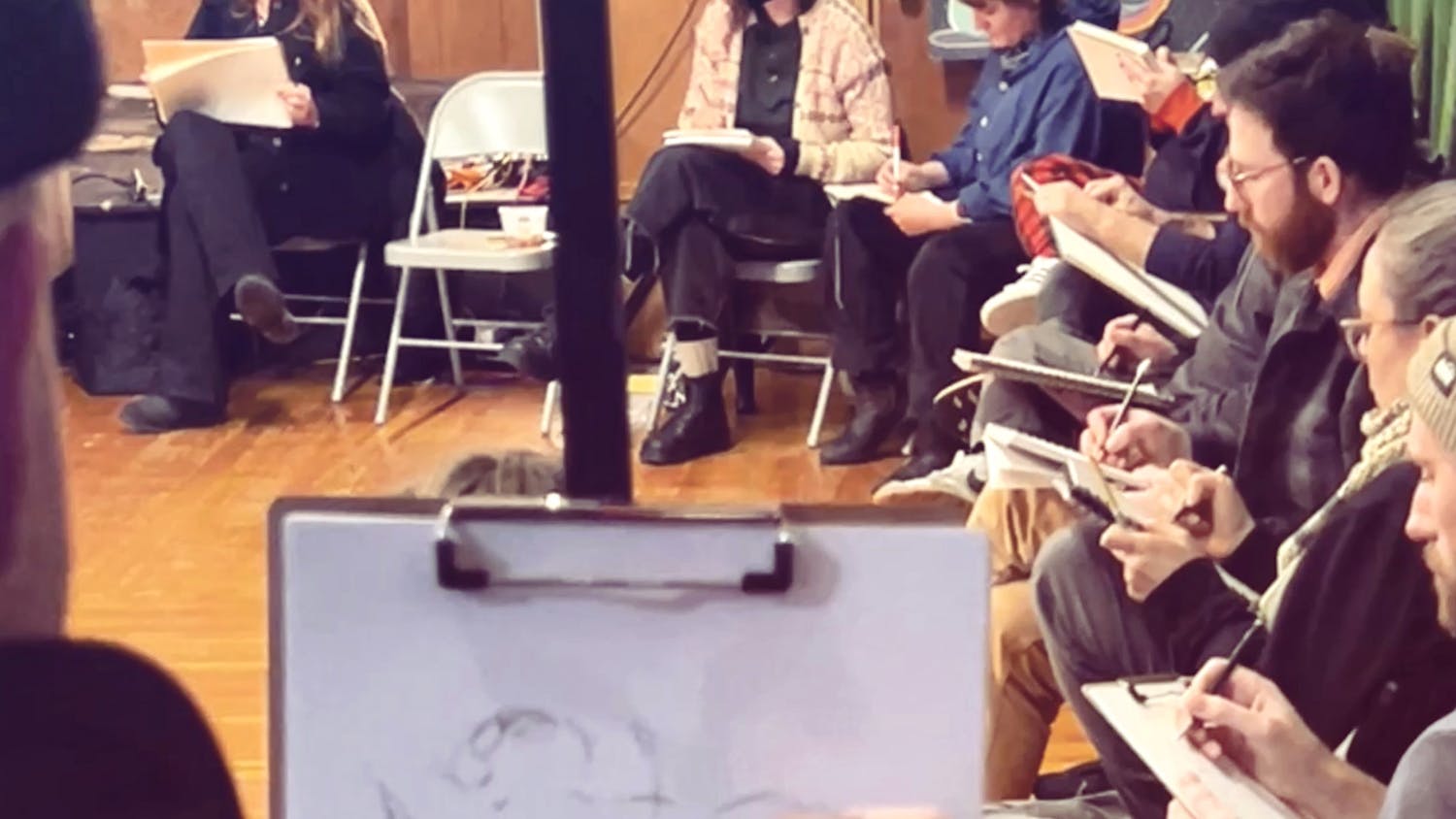Photo by Oliver Hamlin
From the victory garden meals to the jobs at Boeing building the B-17 Flying Fortress, fuel rations and gas masks, nothing brought World War II home to Whatcom County like the men, and the stories and tokens of war they brought back with them.
The “Washington Remembers WWII: Their Sacrifice. Our Freedom.” exhibit at Whatcom Museum’s Old City Hall building aims to bring the relevance of the war back to Whatcom County and give recognition to those community members who participated in the war effort, according to Sarah Hart, the education and engagement manager of the museum.
The exhibit combines museum archival pieces, loaned items and traveling panels by Legacy Washington, a project started by Secretary of State Kim Wyman, to spread stories of Washington residents’ place in history, according to the organization. An honor roll in the exhibit recognizes the sacrifices made by soldiers of the Lummi Nation and Nooksack Indian Tribe who answered the call to serve.
Victoria Blackwell, the director of exhibitions at Whatcom Museum, said a disconnect exists between wars past and present.
“It’s on the news, but it’s far away. I think WWII and looking at the artifacts and reading the stories, it brings it home.” Blackwell said.
Becky Coleman, museum attendant and contributor to the exhibit, loaned some of her father’s items for the project. Her father, James Edward Coleman, enlisted as a fire controlman second class in 1939 at the age of 19 and married her mother while in the service, she said.
He was at Pearl Harbor aboard the repair ship, Medusa, when the attack occurred, but it’s not something he talked about, Coleman said.
The Medusa assisted in sinking a submarine and shot down two Japanese planes during the attack and then proceeded to rescue and support the other ships.
“He was just a real sweet man, real principled, strong-willed, very proud,” Coleman said. “I think he’d be really proud of the exhibit and his story.”
Among the exhibit’s items is the infamous red armband. Blackwell and Hart underlined the importance of keeping the artifact on display.
“The Nazi symbol has come to represent a lot of things since the 1940s. You still see it used as part of hate groups, and I think it’s important to remember its historical roots and how it became such a hateful symbol,” Hart said.
Another symbol on display was a pink triangle armband, a Nazi identifier of an individual being homosexual, which has now been reclaimed by the LGBTQ+ community as a positive symbol of resistance, Blackwell said.
For Blackwell, artifacts are tangible proof that the war was real and of the atrocious acts that occurred, she said.
Like the souvenirs gathered by Coleman’s father, the armband is on display now because someone pulled it off a soldier and brought it home, Hart said. These artifacts are symbolic of the actions veterans took, and the liberations they were fighting for, Hart said.
For more information about the exhibit or to see it in person, the artifacts will be on display until April 14 at Old City Hall.





